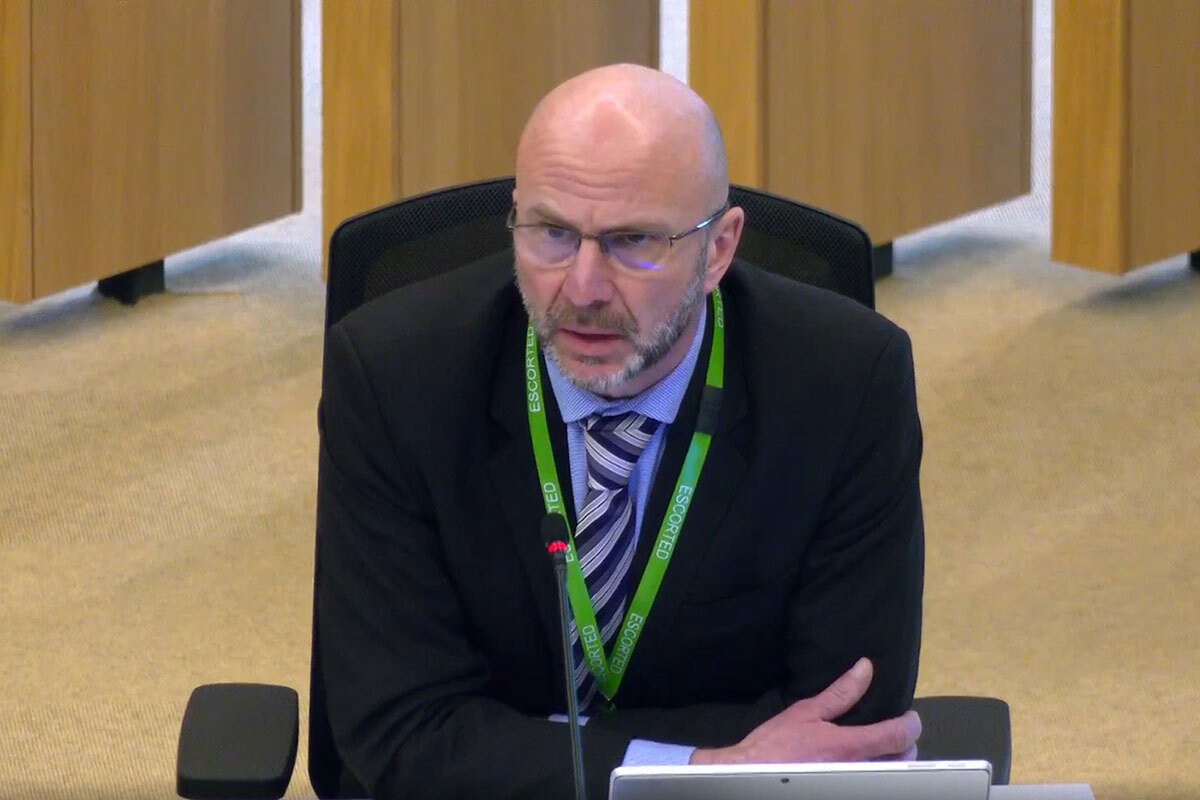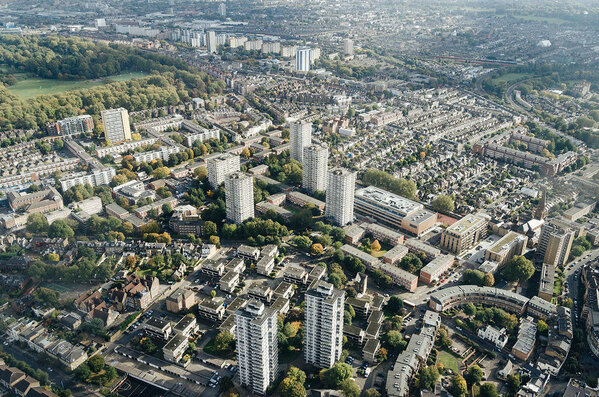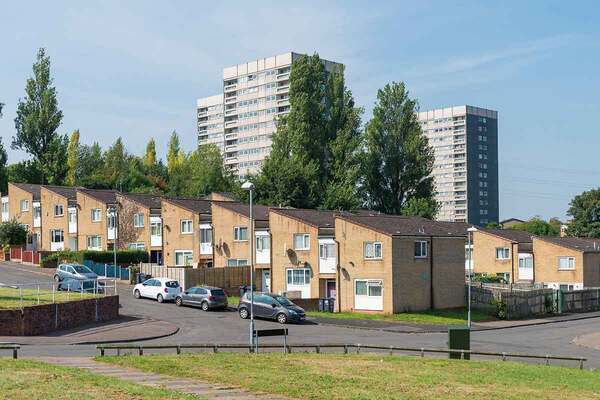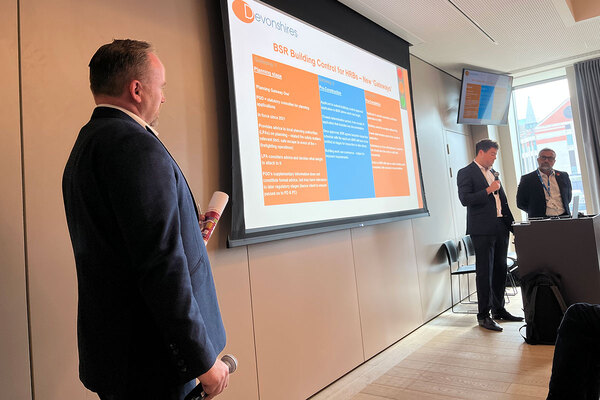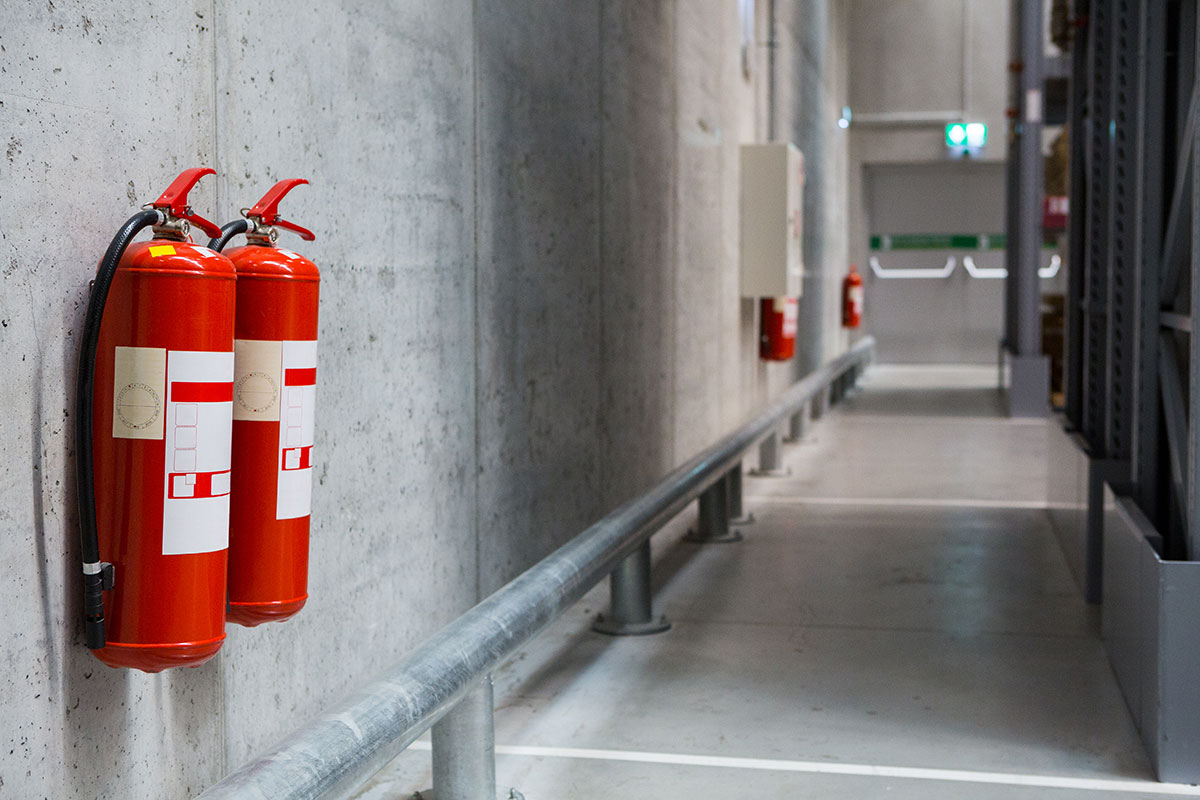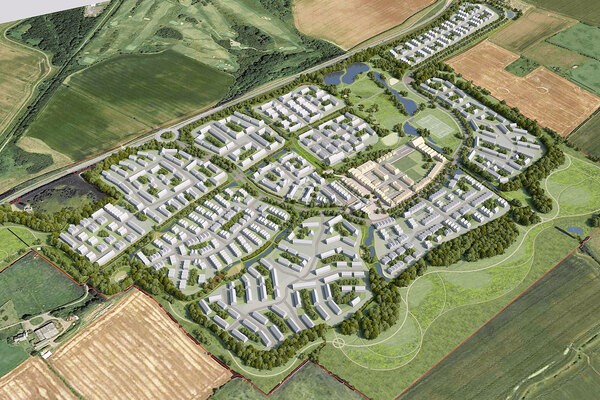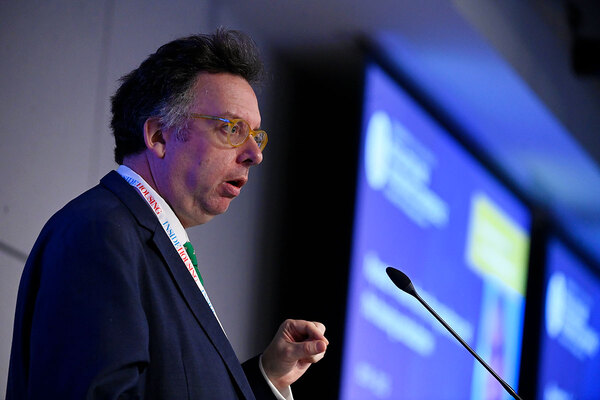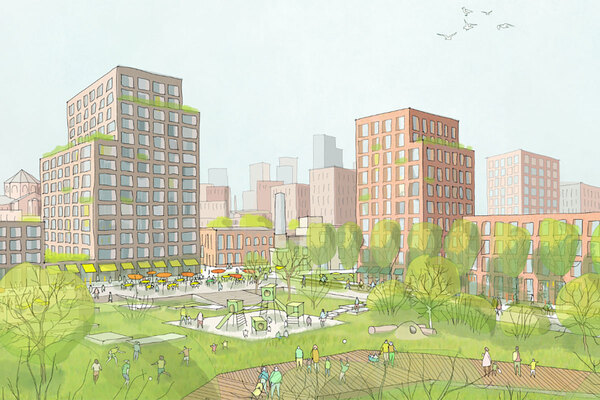40% of applicants not able to assure BSR that regulations are being met, London Assembly members told
A senior executive at the Building Safety Regulator (BSR) has told elected City Hall members that 40% of general applications are not able to assure that regulations are being met.
Tim Galloway, deputy director at the BSR, which sits within the Health and Safety Executive, made the admission during a meeting of the London Assembly’s fire committee this week.
He said: “40% of more general applications are not able to assure us that the functional requirements, the building regulations, are being met.
“That’s quite a worry, because that isn’t about the new regime. That’s about being able to show that your design, your intended building works, will meet standards that haven’t changed since 2010. That’s the last time the building regulations were modified.”
Mr Galloway was responding to questions about why applications by developers to the BSR’s Gateway 2 screening service, where fire safety plans are examined and approved, are being delayed.
He had previously admitted that assumptions and modelling related to the new building safety regime have “not survived first contact with reality”.
The Building Safety Act introduced three ‘gateways’ – or checkpoints – that developers, designers and contractors need to pass in a bid to increase oversight over buildings classed as being higher risk. Projects cannot move to the next stage without approval.
The roll-out of the regime has been beset by delays due to higher than anticipated demand and problematic or incomplete applications.
In October, Inside Housing reported the BSR had signed off just 14% of developers’ remediation plans in the past year.
Mr Galloway added: “Gateway 2 enables us to stop that building work going forward in a way that wasn’t available under the old regime in higher risk buildings, and that perhaps demonstrates some of the impact that the new regime is already having.”
He said he believes the speed in which applications are turned around will improve, but his main concern is ensuring that applications are not being put through the system that do not meet building regulations.
After discussing some anecdotal evidence of poor applications, including one developer that could not explain if the replacement cladding on a building was any safer than the product coming off, Mr Galloway said he thought there needs to be a refocus of what the application process is about.
He said: “It is your [developers’] duty, and indeed it always has been your duty, to comply with the building regulations…
“One of my concerns that I wanted to mention here is that, at times, it starts to feel almost as if the whole conversation around applications is about the application, rather than whether the building work will meet the requirements.
“That starts to feel a little bit as if it’s, ‘How do I get this past the regulator?’”
Concerns about how the sector approaches applications were also raised at the BSR Conference in May 2024, where delegates heard why cultural change was needed to build trust in safety with residents.
The London Assembly also heard about progress being made when it comes to competency, skills and training at the regulator.
In September, a senior partner at Devonshires called on the government to increase capacity at the BSR to address the significant delays to gateway application approvals.
Mark London, head of the construction, engineering and procurement team, poke to Inside Housing at the law firm’s Building Safety Act Conference. He said the industry “needs certainty” and the delays are “causing real problems” in terms of planning work and contractors holding their prices.
In response to how the London Fire Brigade is working with the BSR, commissioner Andy Roe explained it is about capacity and resourcing at every single level.
He said: “There was no way of avoiding that because this is a sea change to the construction sector, to the built environment. So I’m not complaining about it. We welcome the coming of the BSR. We welcome the new regime, but it would just be incorrect not to be absolutely transparent that this hasn’t had a massive resource impact on us.
“I have spent an awful large amount of our time advising the government, working with the government, meeting with all interested parties, getting into the details to try and make sure that we get this right generationally.”
In referencing the bereaved and survivors of fire incidents in the capital, and larger tragedies such as Grenfell, Mr Roe said “it would be unforgivable to fail in this space”.
On the point of capacity, he continued: “It takes two-and-a-half years to train someone to be competent to do much of the work that the BSR needs and we need in our other areas of regulatory business. So we’ve got 170-odd inspectors. Only about 40 of those are competent. But in the context of that new regime, we have slowed down very considerably.
“At the end of the day, it takes as long as it takes to get someone properly qualified and competent, and we can’t do anything about that until they are so that that capacity issue on the ground remains.”
Sign up for our fire safety newsletter
Already have an account? Click here to manage your newsletters
